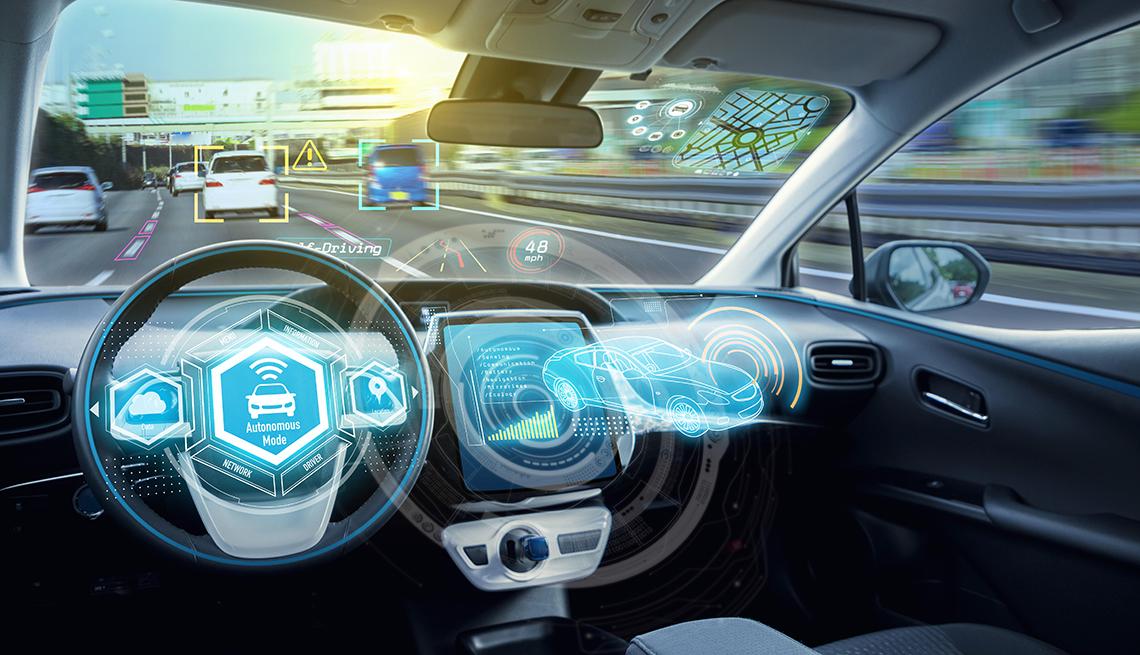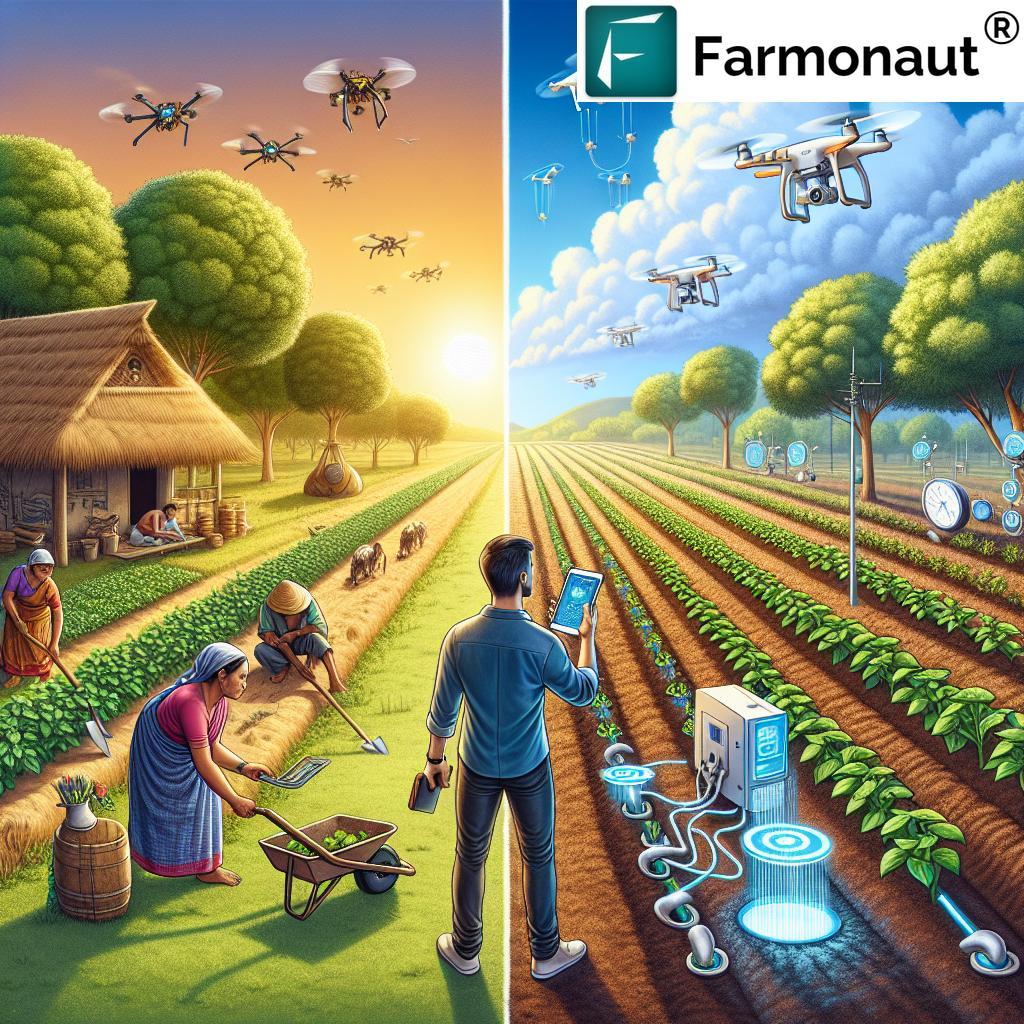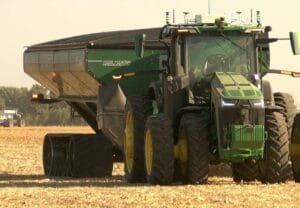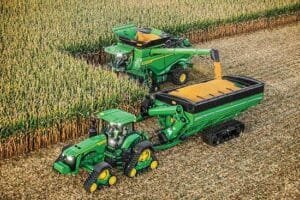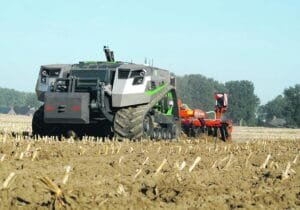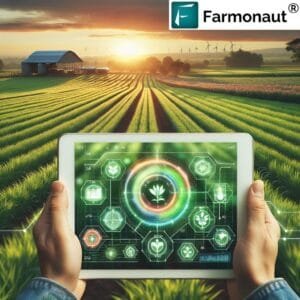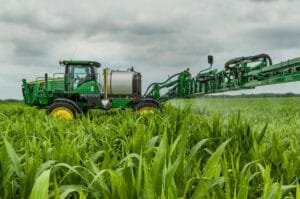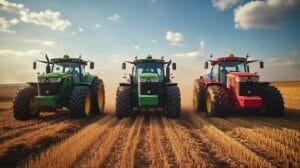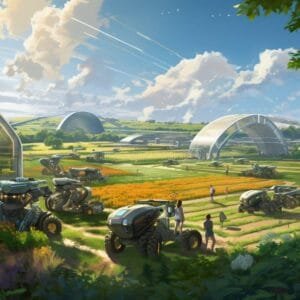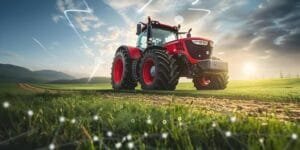As labor shortages continue to challenge agricultural operations worldwide, autonomous farming technology is emerging as a viable solution to maintain food production levels. Self-driving tractors, automated harvesters, and robotic systems are increasingly filling the gaps left by dwindling farm workforces. These technological innovations not onyl address the immediate concern of worker scarcity but also promise to revolutionize traditional farming practices through increased efficiency and precision. From GPS-guided equipment to AI-powered crop monitoring, the agricultural sector is witnessing a meaningful shift toward automation that could reshape the future of farming. the agricultural sector faces mounting challenges with labor shortages,prompting farmers to turn towards autonomous technology solutions. These innovative systems are revolutionizing traditional farming practices, offering efficient alternatives to manual labor while maintaining productivity levels.
Advanced robotics and artificial intelligence are now performing tasks traditionally carried out by farmworkers. These machines navigate fields independently, identifying crops, monitoring growth patterns, and executing precise farming operations.From automated tractors to bright spraying systems, these technologies operate around the clock, reducing dependence on human workforce availability.
Precision agriculture robots utilize complex sensors and GPS technology to perform targeted operations. They can distinguish between crops and weeds, apply fertilizers with exact measurements, and harvest produce at optimal ripeness. This level of accuracy not only compensates for worker scarcity but also minimizes waste and improves yield quality.
Several companies have developed specialized autonomous vehicles designed specifically for agricultural use. These machines can prepare soil, plant seeds, monitor crop health, and harvest various types of produce. The integration of computer vision and machine learning enables these systems to make real-time decisions based on field conditions, weather patterns, and crop requirements.
data collection and analysis play crucial roles in modern farming operations. Automated systems continuously gather information about soil conditions, moisture levels, and plant health. this data helps farmers optimize resource allocation and make informed decisions about crop management, even with reduced manual labor.
The economic benefits of autonomous farming technology extend beyond addressing worker shortages. These systems operate continuously,reduce human error,and maintain consistent quality standards. While the initial investment may be substantial, long-term cost savings and increased efficiency make them increasingly attractive to farm operators.
Environmental sustainability also improves with automated farming systems. Precise request of water, fertilizers, and pesticides reduces waste and minimizes environmental impact. These technologies help farmers maintain productive operations while adhering to environmental regulations and sustainable farming practices.
Small and medium-sized farms are also adopting these technologies through cooperative sharing programs and leasing options. This accessibility ensures that automated solutions are not limited to large-scale operations, helping address labor shortages across the entire agricultural sector.
Research institutions and agricultural technology companies continue developing new autonomous solutions. from drone-based crop monitoring to robotic harvesting systems, innovations are expanding the capabilities of automated farming technologies. These advancements create new opportunities for efficient, sustainable agriculture while addressing the ongoing challenge of worker availability.
The integration of autonomous systems in agriculture represents a significant shift in farming practices. As technology continues to evolve, these solutions will become more sophisticated, accessible, and essential for maintaining agricultural productivity in the face of labor challenges.